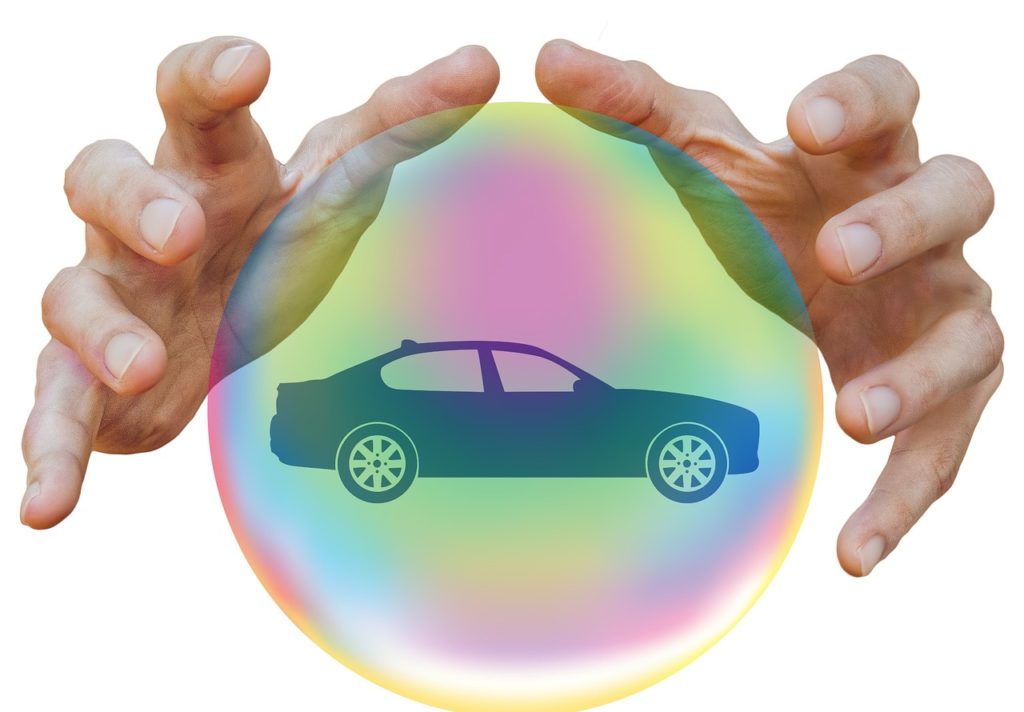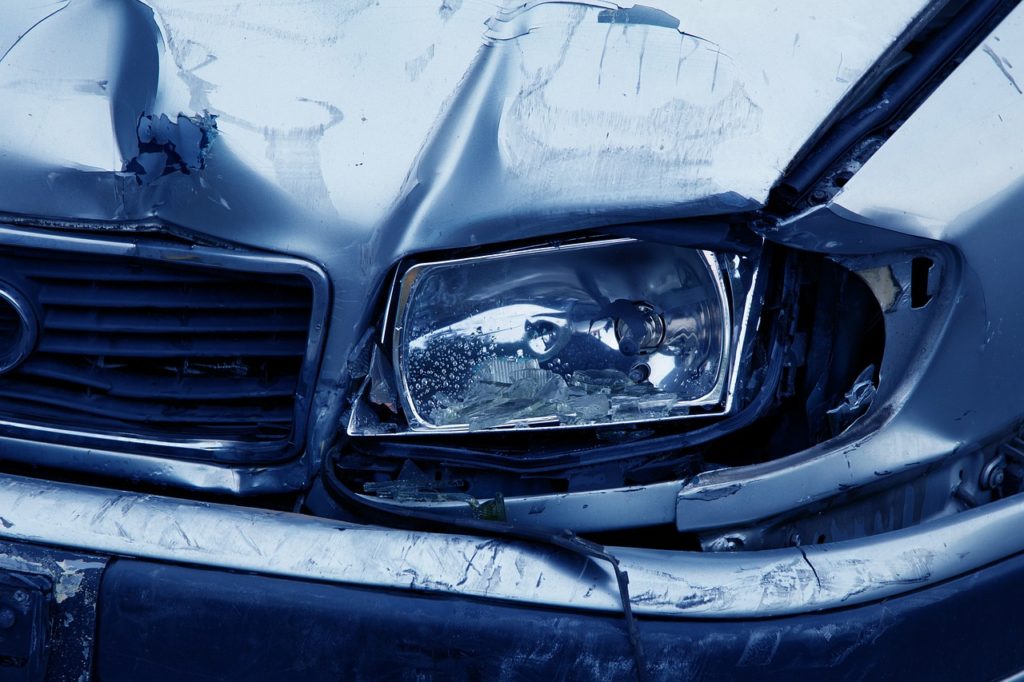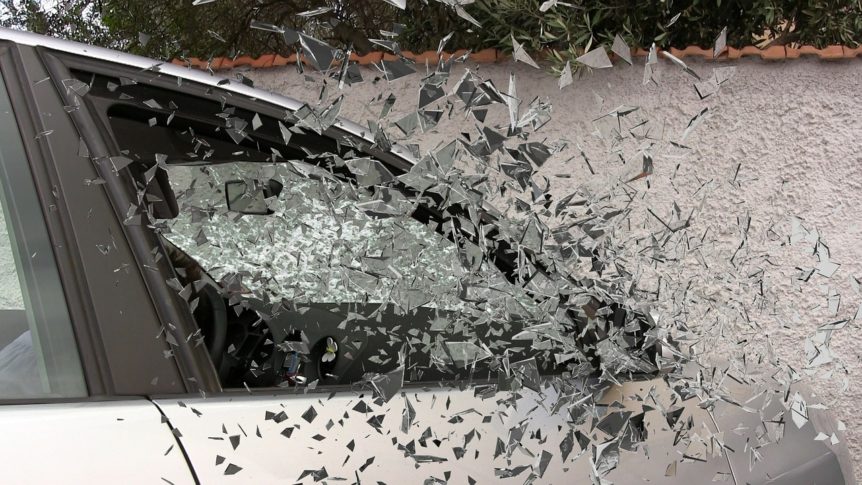Life can change in the blink of an eye, particularly when you’re involved in a car accident that cost billions every year. And, nearly all states in the U.S require motorists to be armed with automobile insurance. So, driving without this insurance is like strapping a live bomb to your car then, hoping it doesn’t go off while you’re on the move.
Nonetheless, while you may take precautions by getting car insurance, other drivers may opt to play a high-speed game of Russian roulette by driving without it. Studies show that there is one in eight uninsured motorists. This means you could be in a real pickle if you get into a car accident with one of them. But luckily, most car insurance policies already plan for these predicaments that would have you entangled in a web of fright and confusion.
So, let’s delve into what you need to know to ensure you’re protected from a legal standpoint if you’re involved in a car accident with an uninsured motorist. Read on!
Uninsured Motorist Definition
In a nutshell, this is an individual whose vehicle lacks liability coverage. Moreover, in most states in the U.S, uninsured motorists are illegal.
What are your Options?
You’ve been in a car accident. You’re traumatized, scared, and confused. However, car insurance coverage (yours or the other party involved) will step in to help settle the damage costs and medical bills.

So, it seems like there’s a light at the end of the tunnel, which quickly melts away some of your worries. But, if the other driver doesn’t have car insurance, now what? Is all hope lost? No! Below are your options that can turn things around.
Uninsured Motorist Coverage
If you’re involved in a car accident with a driver whose vehicle is uninsured, then your insurance company will have to step in and foot the damage costs. This is with the assumption that you have full coverage.
Uninsured motorist insurance refers to the additional coverage that you can easily buy from your insurance company. It protects you in scenarios whereby you’re involved in an accident, and the other party whose car isn’t insured is found to be at fault. While this coverage is only required in a handful of American states, insurance firms must avail it to car owners in most states.
Usually, the uninsured motorist insurance doesn’t surpass the amount of your regular liability coverage. So, for example, if you have liability coverage of $70,000, then this is also the limit of your uninsured motorist coverage.
Car insurance is compulsory for registered, operational vehicles in most states in the U.S. But the truth is, there is a barrage of drivers that are driving without insurance. So, uninsured motorist coverage ensures you’re protected.
Underinsured Motorist Coverage
Just like uninsured motorist coverage, underinsured insurance caters to the damages you sustain in an accident with another driver. In the latter, the driver has a car insurance policy in place.

But, it’s not sufficient to foot the cost of all the damages, losses, and injuries that stem from the accident. So, the underinsured motorist coverage steps in to help cater for the difference between the total costs and the other driver’s insurance.
A plethora of insurance firms limits the timeframe that policyholders have to file underinsured and uninsured motorist claims. It usually takes 30 days from the day the accident occurred. With that in mind, it’s best to get the ball rolling upon discovering that the other driver has insufficient insurance.
Collision Coverage
As straightforward as it seems, collision insurance doesn’t foot every bill after a car accident. So, it covers the repair costs of your car from hitting another vehicle or objects like a fence or lamppost. Furthermore, collision coverage may swoop in to protect you if another driver rams into your car and lacks sufficient insurance to cater for the damage cost.
While collision coverage is seemingly broad, it doesn’t cover all car collisions. So, it falls within the following scope.
- A collision of two cars
- The rollover of your car
- A collision of your car with objects like trees or mailboxes
- Another driver ramming into your car, whereby, they lack sufficient insurance to cater for the damage costs and you don’t have underinsured or uninsured motorist coverage.
Filing a Lawsuit
To ensure that you receive your much-needed compensation from a car accident, you may want to file a lawsuit against the other driver. After submitting your car accident report and other required documents to your lawyer, they will then aid you in filing your claims. An excellent car accident lawyer will also help you pursue other sources of compensation that include:
- Medical benefits to treat injuries sustained in the accident
- PIP benefits
- Towing and car leasing costs if you invested in this optional coverage
- Your health insurance
- Collision coverage to foot the cost of repairing your car
To bolster your case, other relevant information that the no insurance car accident lawyer should have is:
- The other driver’s contact information coupled with their statements on the ordeal
- Statements from the police officers on the scene of the accident, along with any witnesses. If possible, have their contact details
- Clear photos or videos of the scene
- A doctor’s report clearly stating that the car accident was the root cause of your injuries. The medical bills will also come in handy

Armed with this crucial information, there’s a high likelihood that your car accident with no insurance lawsuit will be successful.
Be Proactive
If you been in a car accident with an uninsured driver, then the first course of action is to file a report to your insurance company. In doing so, you’ll gain insight into how your coverage will come in handy. However, if you’re not making any headway, then it’s time to seek assistance from a topnotch car accident lawyer who will swoop in and save the day.
Do you need to lawyer up? Get in touch with one of our legal experts today to find out your options!
